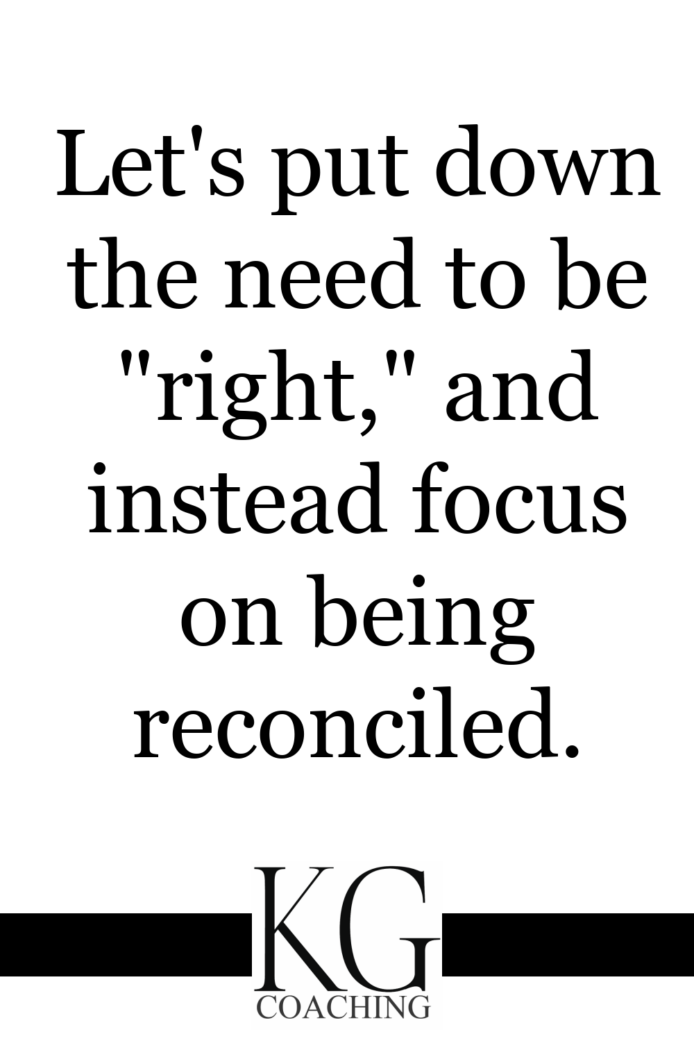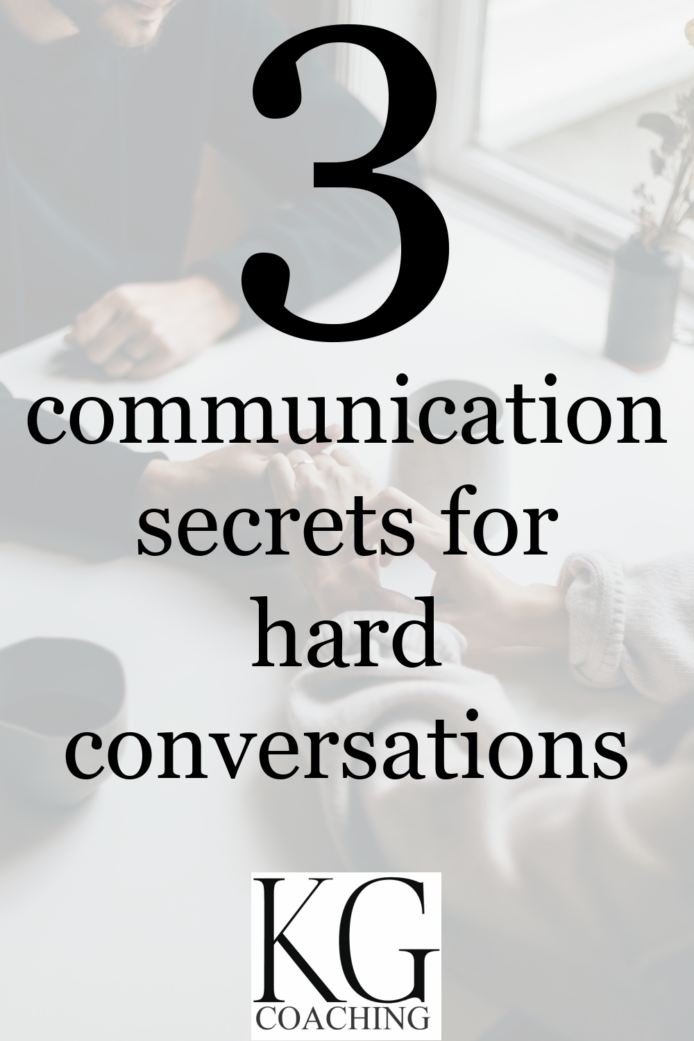February 9, 2024

“That’s not what you said.” Her eyes flashed. She was ready to dive headfirst into anger and confrontation .
“Ok tell me what you heard.” I said.
“No, not what I heard, what you SAID.” She retorted.
I could tell we were going nowhere quickly. She wanted to be right, and she wanted me to agree with her version of what happened.
Have you ever wondered how you and another person can live through the exact same situation and walk away with completely different viewpoints?
Somewhere there is a breakdown. And often it is centered around verbal or non-verbal communication – how it is given, and how it is received.
If there is one thing we can never learn enough about it is how to communicate with each other BETTER.
Now that my kids are older I’m often surprised by their interpretations of certain scenarios from their childhood. My gut level response is to argue about “what really happened.” And of course they can argue right back because they have their own version of the details. Same situation, different viewpoints.
What about at work? Have you ever been misunderstood or misinterpreted by a boss or colleague? It’s really frustrating,

Who is right or wrong is not the point. The goal is to come back together in RIGHT RELATIONSHIP.
This requires good communication – which begins with LISTENING and acknowledging the other’s feeling, thoughts, and experience with true empathy. But it won’t happen if our egos are in the way.
Whether it is with family, co-workers, or friends, these techniques will help you become a better communicator. They work as well with teenagers as they do with your boss.
HERE ARE 3 SECRETS TO HELP YOU BECOME A BETTER COMMUNICATOR IN HARD CONVERSATIONS
1. REPEAT BACK WHAT THE OTHER PERSON SAYING
One of the most effective communicating strategies is to listen well and paraphrase clearly what the other person is saying… even if we don’t agree with it.
This is easier said than done. Often our first response is to argue or defend. “No I didn’t say that.” or “That’s not what I meant.” It can be painful to hear what someone is saying, but that’s exactly what we need to do. The other party needs to be HEARD, regardless of how we feel about it.
You could start the conversation by saying “I really want to hear and understand your perspective. Can you start by telling me how you feel about _____________ (what I said, what happened, etc.)

The Gottman Institute, a leading expert on relational healing, recommends this strategy for effective listening in their Gottman Blueprint:
- Postpone your own agenda. Hear and repeat the content of the speaker’s needs and perspective. This is listening to “their side of the story,” and then repeating back what you hear.
- Hear the speaker’s feelings by listening for their emotions.
- Validate the speaker’s feelings by completing the sentence, “It makes sense to me that you would feel that way and have these needs because…”
It’s counter intuitive, but when we truly listen to another’s perspective and they feel heard, we get much futher, faster. We don’t have to agree with everything someone says to listen and understand.
2. SPEAK CLEARLY AND KINDLY
After listening, it’s time to speak. We often either hold back because we want to avoid conflict, or we get aggressive and harsh. Neither work or move us toward real healing. So what does healthy communication look like?

Here are some ground rules for how we can most effectively communicate OUR perspective. Again, these are Gottman Blueprint recommended:
- Avoid blaming or “You” statements (You did this, and you did this…)
- Use “I”statements (I feel disrespected when…)
- Talk about feelings (I feel dismissed…)
- State your positive need – within every complaint is a desire for a different outcome, result, or action. Clearly state what that is for you.
- Ask the other party to repeat back to you what they hear (like you did for them).
In these first two steps, it’s important that the listening party ONLY listens and repeats back what that person is saying. We have to first seek to understand before we can form solutions.
3. Utilize the Aikido Principle To Move Forward With a Solution
Aikido is a form of Japanese martial arts which focuses on keeping one’s self safe while avoiding harming the opponent. While they do learn moves that have potential to harm people, the goal is to become one with opponents, rather than hurt them.

In Aikido there is an attitude of respect for all things at all times. Friend or foe, people must be ready to harmonize. This represents a mindset as much as a discipline. We, too, can adopt this mindset.
Let’s put down the need to be “right,” and instead focus on being reconciled.

Once we have walked through the first two steps, we need to come up with a way to move forward in a way that feels good to both parties. The key is to identify what is flexible, and what is inflexible. What is flexible are the areas where compromise is possible. What is inflexible is where boundaries have to be maintained.
For example, maybe what is inflexible is the manner in which someone treats you or talks to you. What is flexible is when someone is available to talk or how a project gets completed.
Put as much in the “flexible” category as possible. Remember, like in Aikido, the goal is “oneness.” Both parties will need to compromise to get to that place.
I have found that the more generous I am in my attitude and behavior toward another, the more it comes back to me. Generosity begets more generosity. Let’s try to do that and be that when in conflict also.

HAVE COURAGE, DON’T AVOID, WORK HARD
What happened to the woman who demanded I see things from her perspective? After a lot of hard work we reached a good place, but it wasn’t easy. Some conflicts will be harder than others. If we live and work with people, we will have problems.
Problems don’t get magically better on their own. The longer we wait to address a conflict, the deeper it embeds in the culture of a home or workplace. Leaders learn to embrace hard conversations as a part of good leadership.
I’d love to hear, what would you add as a tip for healthy communication in hard conversations?
OR PIN THIS FOR LATER

Comments